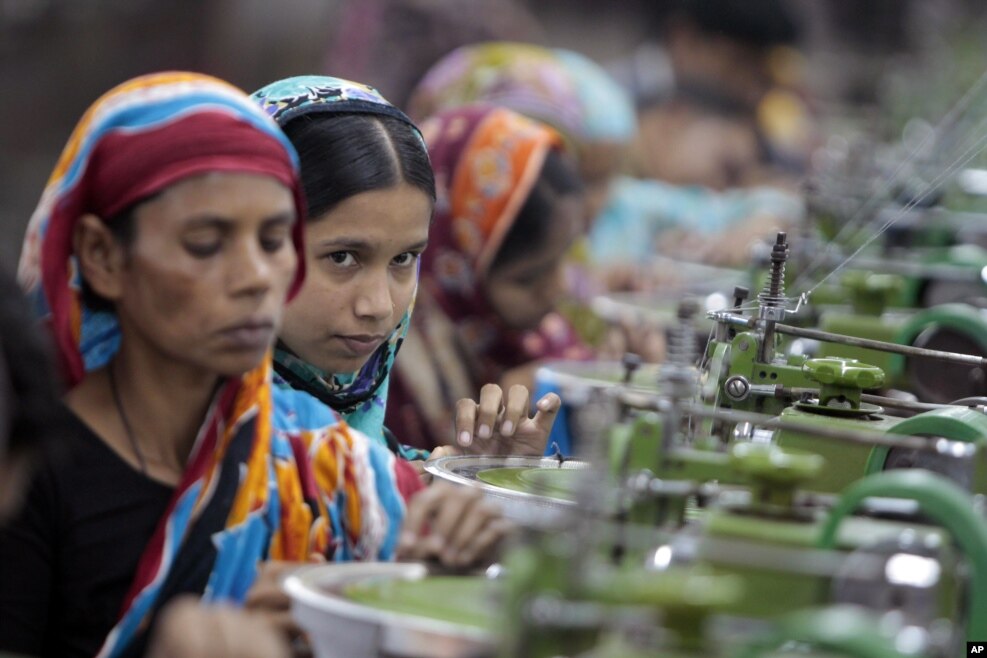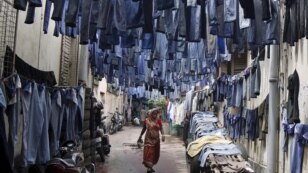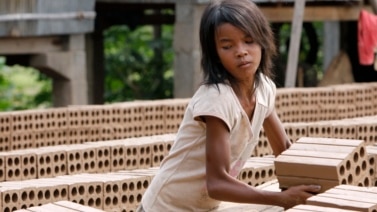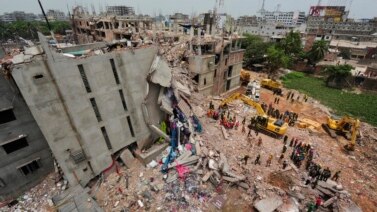
A new World Bank study says South Asian countries can improve economic conditions and provide millions of jobs for women by increasing the number of clothing factories.
The cost to make clothing in China is rising. Factories in other countries can make clothes for a lower cost.
The bank says countries like Vietnam and Cambodia are increasing clothing manufacturing jobs faster than South Asian countries like India, Bangladesh, Pakistan and Sri Lanka.
But the study says lower costs and an increasing number of young workers give South Asian countries the chance to compete. Clothing manufacturing is a labor-intensive industry needing many workers.
These jobs are important for an area where few women work outside the home. The share of women who are employed in clothing factories is much higher than in other industries.
In Sri Lanka, about two-thirds of clothing factory workers are women. In India and Bangladesh, about one-third are.
Onno Ruhl is the World Bank country director in India. He said the number of women working in the country has been dropping over the last 10 to 15 years. "It is a trend we would really like to see reversed in India," he said.
The World Bank study found that in countries where more girls and women work, marriages take place later in life. Women have fewer children. They eat better food and their children are more likely to go to school. All these help an economy grow.
Wages are an important issue for the clothing manufacturing industry. Workers in Bangladesh are paid about 50 cents an hour while Indian workers are paid more than one dollar. That is much less than the amount workers in China are paid -- about $2.50 an hour.
Clothing manufacturing jobs can improve the lives of women. But working conditions in the industry are of great concern and are being watched by groups around the world.
Conditions in the industry were recognized as a major issue in 2013, when an eight-story building in Bangladesh collapsed. More than 1,100 clothing workers died. The collapse increased attention on dangerous working conditions in the industry.
About five million people work in the industry according to the World Bank study, which is called "Stitches to Riches? Apparel Employment, Trade, and Economic Development in South Asia." Several million more work informally in smaller factories or businesses that may not be known to government officials or inspectors.
The study says clothing manufacturing can be a valuable industry for development. But it also says there is a need for industry supervision, better wages and higher-value products.
I'm Christopher Jones-Cruise.
Correspondent Anjana Pasricha reported this story from New Delhi. Christopher Jones-Cruise adapted it for VOA Learning English. Mario Ritter was the editor.
We want to hear from you. Write to us in the Comments Section, or visit our **.
Words in This Story
reverse - v. to change to the opposite direction
stitches - n. thread used to connect two pieces of cloth
apparel - n. clothing


